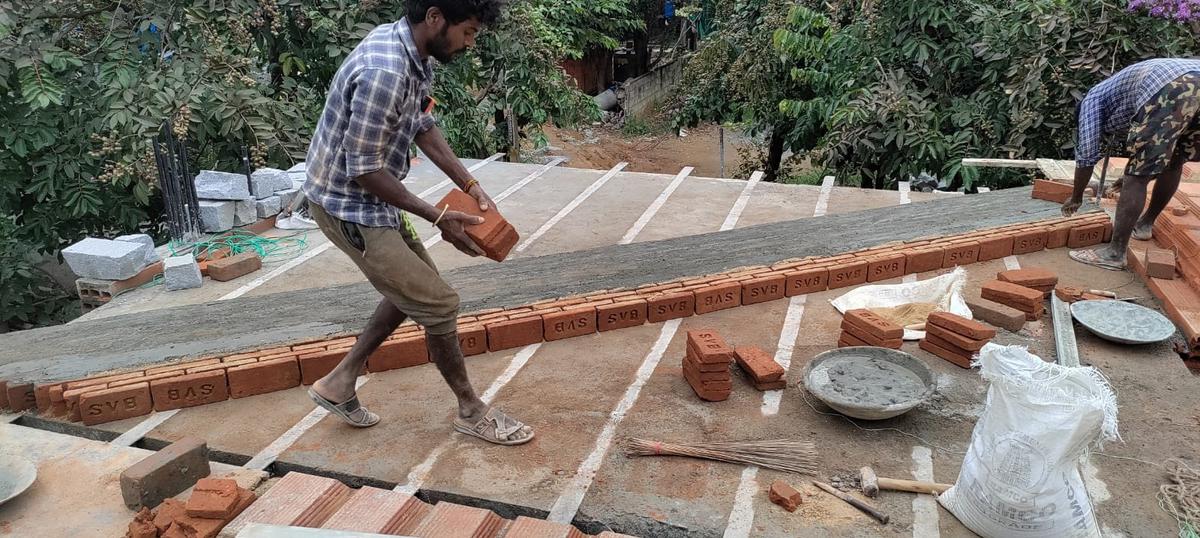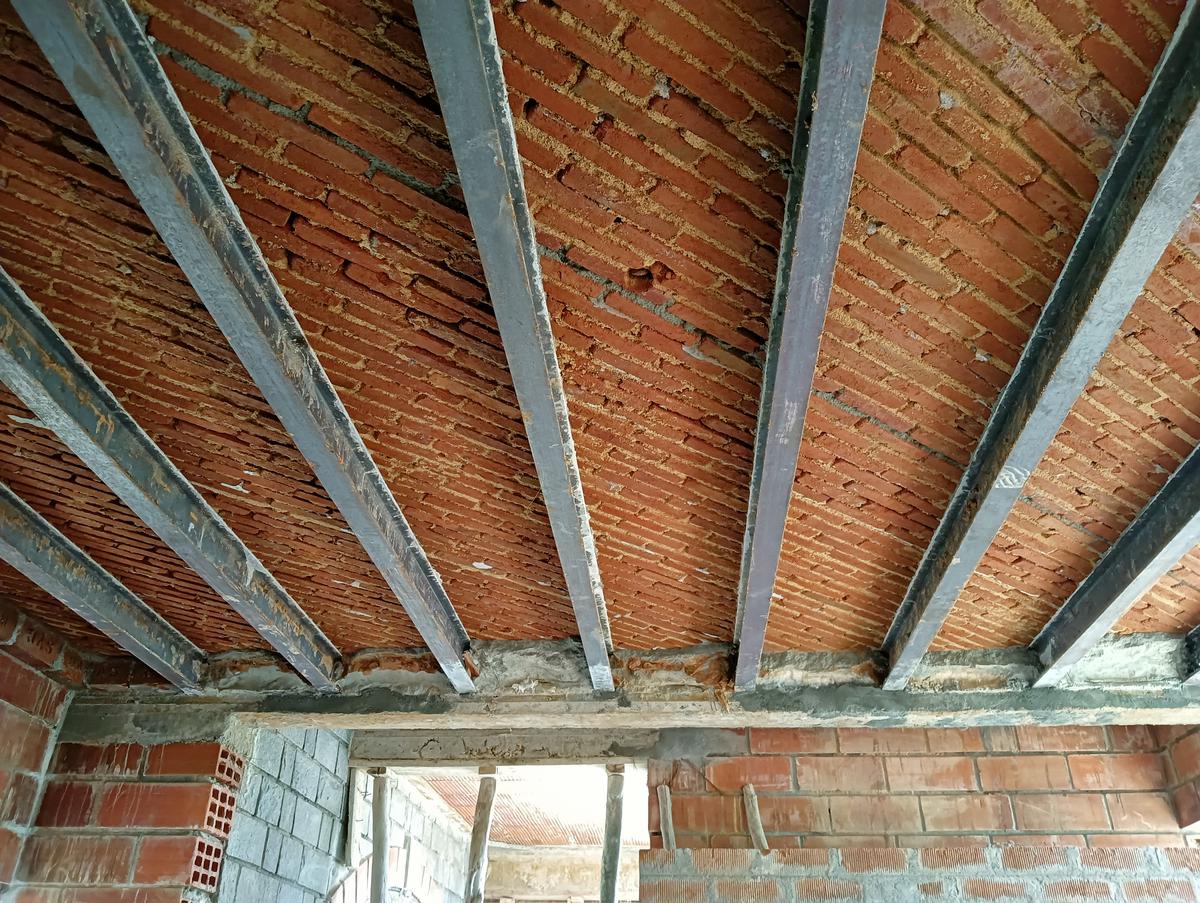The benefits of Madras terrace include amazing looks, drastic reduction in heat, durability, effective water proofing, and low embodied energy
The benefits of Madras terrace include amazing looks, drastic reduction in heat, durability, effective water proofing, and low embodied energy
Everyone knows that as new ideas emerge, old ideas sink in the watery graves of history. Change is the only constant, philosophers may muse, but if there is constant change, the good old world will disappear, wheels will be re-invented every time and there will be no time for perfection, but only for innovation.
Madras terraceis a time-tested, perfected roofing system of yore. Unfortunately, it is among those being forgotten, not because it is defective or inefficient, but only because times are changing. Newer materials and construction systems, claiming looks, speed, economy, material availability, ease of doing, repairability, builder’s profits and such other criteria have pushed it to the backburner. However, thousands of century-old houses, still standing with minimal problems, is a testimony to the efficacy of Madras terrace roofing.
The diagonal first layer
| Photo Credit: Special Arrangement
In the early past, wooden beams were used as main roof support, later replaced by steel beams due to cost and workability. Once roof level reaches, wooden cross beams are placed between walls, preferably along the shorter width of the room. They continue to full length of the room, which could be any longer. These are supported by additional vertical poles if needed, to take the additional weights during the roof construction.

Laying of Madras terrace diagonal central part
Above the beams, centering and shuttering is needed to get the plain surface. Builders with experience and innovative spirit may also try placing temporary wooden planks as movable supports. It is important to achieve perfect level surface on top, where we lay thin bricks on the edge. Procuring these bricks, mostly only 1 inch thick, is a challenge from specialist brick makers or a regular 3 inch thick brick can be cut into half along one side to get 1.5 x 4.5 x 9 inch sized bricks. Cutting will cost time and money, but thin bricks are not very cheap either.
These bricks are placed with rich mortar joints, starting from centre moving onto the edges or starting from one end going to the other end. These roofs are better done with lime mortar which create stronger bonding with brick surfaces, but cement mortar can also be used. Joints being in the vertical plane, compacting the mortar is important and adequate wetting of brick is needed, so they do not absorb the water from the mortar immediately. Once all the bricks are laid, a thin layer of mortar is laid on top to take the next layer.
The next layer is laid with bricks being kept in the opposite orientation to the lower with same procedure. This ensures load transfer happens evenly, minimising possible deflection, bending and such others. Rooms with smaller dimensions can be covered with two layered madras terrace roofing systems, while the larger rooms may need three layers. Of course, the third layer needs to be in the opposite direction of lower layer. Bricks laid diagonally between short span beams, effectively transfers the load. Finally, the sub floor is laid to take the final floor finish.
Decisions about two or three layers, how long to keep the roof shuttering under freshly done roof, what should be the size of beams and such others are advised by the structural engineers. Traditionally, where the house design and roof contexts were similar, the village masons were doing these roofs out of routine practice. However, such habitual building construction should not be encouraged today, where risk factors could be high.
Madras terrace roofing is still prevalent in heritage conservation projects, to restore and recreate the past legacy. Considering such projects are far and few, skilled masons available is slowly reducing. For a new project, the costs may appear higher, but what we get in return is worth it all.
The amazing looks from underside, drastic reduction in heat, long lasting durability, effective water proofing, low embodied energy and of course supporting a proven sustainable technology are good enough reasons to revive Madras terrace roofing.
(The author is an architect working on eco-friendly designs and can be contacted at varanashi@gmail.com)




